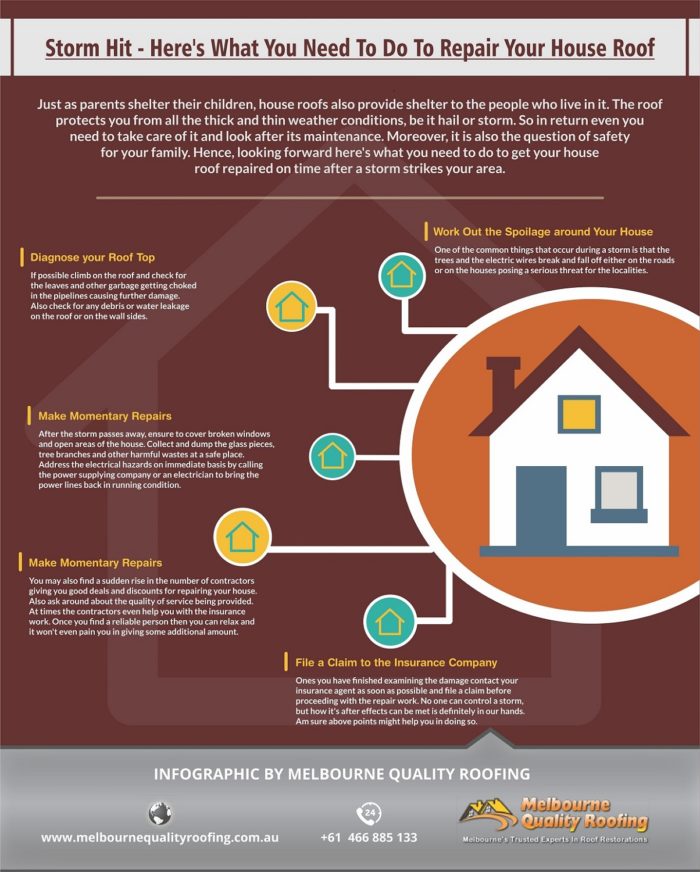The Function Of Roofing System Air Flow In Ensuring A Successful Setup
The Function Of Roofing System Air Flow In Ensuring A Successful Setup
Blog Article
click here now -Morrow Manning
When you're dealing with a roof project, you may not think much regarding roofing air flow, but it's even more important than you understand. Reliable ventilation assists control temperature and dampness in your attic room, stopping problems like mold and mildew and structural damages. By recognizing just how to make and install a well balanced air flow system, you can improve energy performance and extend the lifespan of your roofing products. So, what are the vital aspects to consider throughout installation that can make all the distinction?
Relevance of Roofing Air Flow
Roof air flow plays a crucial duty in keeping the total health of your home. By allowing fresh air to flow via your attic room, it helps regulate temperature level and dampness degrees. This balance is necessary to stop heat buildup throughout hot months, which can bring about increased energy expenses as your air conditioning burns the midnight oil.
Moreover, correct air flow substantially decreases the risk of moisture-related issues like mold and mildew. If moisture degrees climb, your home's structural stability can be endangered, causing pricey repair work. You wouldn't want to deal with rotting wood or warped roof covering products, right?
In addition, ample ventilation prolongs the lifespan of your roof. When warmth and dampness are kept in check, your roof covering can carry out efficiently, preventing premature damage. This means less headaches and expenses down the line.
Exactly How Roofing System Ventilation Functions
Efficient roofing system air flow depends on the all-natural motion of air to produce a balance in between intake and exhaust. When you mount vents, you're essentially enabling fresh air to enter your attic while allowing warm, stale air to run away. This procedure aids control temperature and dampness degrees, preventing problems like mold development and roof covering damages.
https://commercial-roofing-soluti51727.madmouseblog.com/13712194/the-task-of-picking-the-best-professional-for-your-roof-repair-work-can-be-rather-challenging-take-a-look-at-the-essential-standards-that-will-sustain-your-decision-making-procedure , normally found at the eaves, reel in trendy air from outdoors. At siding companies san antonio , exhaust vents, situated near the ridge of the roof, allow hot air surge and leave. The difference in temperature produces an all-natural air movement, known as the pile impact. As cozy air rises, it produces a vacuum cleaner that draws in cooler air from the reduced vents.
To optimize this system, you need to ensure that the consumption and exhaust vents are effectively sized and positioned. If the intake is restricted, you will not accomplish the wanted air flow.
Furthermore, insufficient exhaust can trap warmth and wetness, resulting in possible damages.
Key Installation Considerations
When installing roof air flow, numerous vital factors to consider can make or damage your system's performance. First, you need to analyze your roofing system's design. The pitch, shape, and materials all influence airflow and ventilation choice. Make sure to pick vents that match your roof covering type and regional climate conditions.
Next, consider https://tylerpaper.com/news/business/business-briefs-local-roofing-company-acquired-rural-economics-forums-planned/article_0b2b22ce-37bf-11ea-b24f-67e6f0249db6.html of your vents. Ideally, you'll want a well balanced system with consumption and exhaust vents placed for ideal airflow. Location intake vents low on the roof and exhaust vents near the optimal to urge a natural circulation of air. This configuration assists avoid moisture buildup and promotes power efficiency.
Do not forget insulation. Correct insulation in your attic room stops heat from running away and keeps your home comfy. Make sure that insulation doesn't block your vents, as this can hinder air movement.
Finally, think about upkeep. Select air flow systems that are easy to gain access to for cleaning and assessment. Normal upkeep guarantees your system remains to operate effectively in time.
Conclusion
In conclusion, roofing air flow is necessary for an effective installment. By making sure correct airflow, you can stop warm build-up and dampness concerns that lead to expensive damages. When you tactically position intake and exhaust vents, you improve power effectiveness and prolong the life-span of your roofing system. Remember, a well-ventilated roofing not only secures your financial investment but additionally enhances your indoor air quality. So, prioritize ventilation to ensure a resistant and affordable roof for your home.
